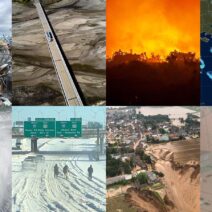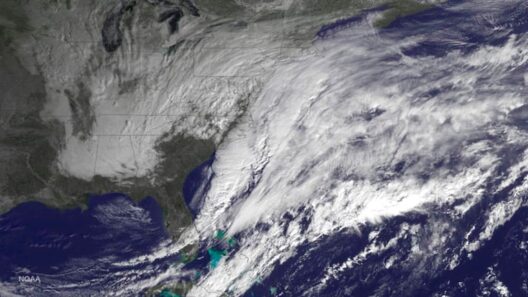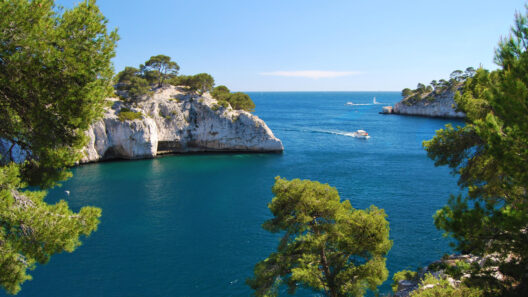Chile, a country that stretches along the western edge of South America, is a veritable tapestry of climatic contrasts. From the arid expanses of the Atacama Desert in the north to the glacial landscapes of Patagonia in the south, Chile’s climate is as diverse as its geography. Each region offers unique weather patterns, seasonal variations, and ecosystems, providing a microcosm of global climate phenomena within its borders.
In the northern part of Chile lies the Atacama Desert, often regarded as the driest place on Earth. This vast expanse boasts hyper-arid conditions, where annual rainfall averages less than 1 millimeter in some areas. The Atacama’s stark, sun-soaked landscape features naturally occurring salt flats, rugged mountains, and vibrant geological formations. Despite the aridity, life finds a way. Creatures adapted to extremely low moisture, such as the resilient desert fox and various endemic plant species, thrive. Moreover, the Atacama serves as a crucial site for scientific exploration and astronomical observation due to its high altitude and exceptional clarity of skies.
Moving southward, a climatic metamorphosis occurs as one encounters the Mediterranean climate of Central Chile. Characterized by warm, dry summers and mild, rainy winters, this region is pivotal for agriculture. The rich soil and conducive climate foster the growth of grapes, olives, and various fruits. The wine industry flourishes here, with vineyards nestled against the backdrop of the Andes mountains. This locale stands as a testament to how climate can shape not only the environment but also cultural and economic practices. Urban centers like Santiago serve as cultural hubs, where the Mediterranean climate invigorates a vibrant lifestyle.
As one journeys further down the coast, climatic conditions transition into a temperate maritime climate. The coastal regions, marked by cooler temperatures and increased humidity, offer a stark contrast to the aridity of the Atacama. Here, the Pacific Ocean plays a vital role; its cold currents moderate temperatures and influence precipitation patterns. The lush forests of the coastal range erupt with biodiversity, featuring species that are adapted to milder, wetter conditions. The Flora is not just abundant; it is also distinctive, with endemic species that exhibit adaptations to both marine and terrestrial environments. Eucalyptus and evergreen trees dominate the landscape, enveloping the area in natural splendor.
Nowhere is the juxtaposition of climate more pronounced than at the southernmost reaches of Chile, where the climate transitions to a subpolar oceanic climate. The majestic Patagonian Ice Fields, a vast expanse of glacial ice, starkly contrasts with the arid Atacama. Here, glaciers carve out spectacular fjords and valleys, creating stunning landscapes that attract adventurers and environmentalists alike. The formidable Southern Patagonian Ice Field, one of the largest extrapolar ice fields, plays a crucial role in regulating global climate patterns. This ice reservoir is a vital indicator of climate change; as temperatures rise, the glaciers retreat, unveiling the fragility of the ecosystem.
The glaciers of Patagonia are not merely beautiful; they are essential to understanding climate change and its profound implications. The rapid melting of ice in this region has significant consequences for global sea levels. As the ice sheet diminishes, it not only contributes to rising oceans but also impacts freshwater availability, ecosystems, and biodiversity. This phenomenon emphasizes the interconnectedness of climate systems; events in one part of the world can reverberate to great distances, affecting communities and environments far away.
Moreover, the interplay between climate change and the glaciers is captivating and disconcerting in equal measure. The retreating ice unveils ancient landscapes, but it also raises urgent questions about the sustainability of our planet. The biodiversity that depends on glacial environments faces existential threats, creating a pressing need for conservation efforts. Initiatives aimed at mitigating climate change can preserve these natural resources, ensuring ecological balance and cultural heritage.
In juxtaposing the Atacama with the ice fields, one gains a profound appreciation for the extremes of Chile’s climate. Recognizing the intricate balance between arid deserts and icy expanses prompts reflection on human impact and fosters a collective responsibility towards environmental stewardship. The awe-inspiring landscapes compel us to ponder not only their beauty but also their role in the larger climate narrative.
As climate change continues to unfold, understanding and engaging with these diverse environments will be essential. Innovative practices in sustainability, renewable energy, and biodiversity conservation could emerge from insights gathered across Chile’s varied climate. Each region’s unique challenges and opportunities can inspire collaborative, dynamic responses to ecological issues.
Ultimately, Chile is more than just a geographic entity; it is a living laboratory for climatic exploration. The contrasts between the Atacama Desert and the ice fields of Patagonia facilitate a deeper comprehension of our planet’s climatic systems. They unveil the vastness of human experience intertwined with nature, urging a shift in perspective on climate and ecological health that can resonate globally.
In conclusion, the climate of Chile, characterized by extremes that range from parched deserts to frozen landscapes, presents a compelling narrative. The interplay between diverse climates encourages ongoing dialogue surrounding climate change, environmental justice, and sustainability. As Chile confronts the challenges of a changing world, its landscapes continue to inspire curiosity and a call to action, urging humanity to embrace the lessons nature provides.






